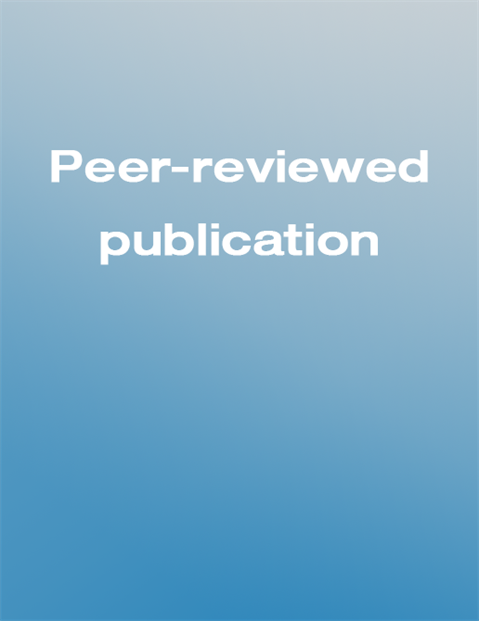The hidden Chagas disease burden in Europe

Overview
Chagas disease in non-endemic countries - that is, in countries outside Latin America with exceptional or no vectorial transmission such as in Europe - has come to light since the beginning of 2000. The emergence of the disease in those countries was mainly linked to population mobility, notably migration. During the last century, Chagas disease cases were detected in non-endemic countries in North America (Canada and the United States) and the Western Pacific Region (mainly Australia and Japan), and only more recently in Europe.
The year 2007 marked the beginning of a third period in the history of Chagas disease in Europe, characterised by various initiatives launched at different levels. In July 2007, the World Health Organization (WHO) and the Pan American Health Organization (PAHO) convened a meeting entitled Revisiting Chagas disease: from a Latin American health perspective to a global health perspective, with participants of 28 Latin American and non-Latin American countries where the disease was present. A major outcome of the meeting was to highlight the presence of T. cruzi infection outside Latin America in the so-called non-endemic countries and an initiative to deal with Chagas disease in non-endemic countries, supplementing the existing intergovernmental initiatives for the control of Chagas disease in Latin America.
With the main objectives of assessing the burden of Chagas disease as a public health problem in non-endemic countries and formulating an appropriate response, the WHO organised a series of meetings in 2008 and 2009 that culminated in the Informal Consultation on the Control and Prevention of Chagas disease in Europe, in the first profiles of European countries with Chagas disease cases and the first statement acknowledging that the disease has emerged as an important public health challenge.
Access article ONLINE
Volume 16, Issue 38, 22/Sep/2011 Article
